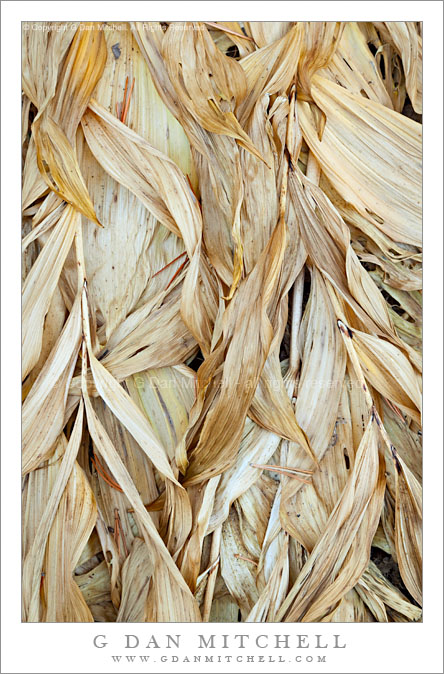I’m back from my second trip to the eastern Sierra in as many weeks, and I’d like to share a bit of what I observed.
A week ago I visited and/or photographed several areas including Bishop Creek, Rock Creek, McGee Creek, a few areas around Mammoth Lakes, and Lee Vining Canyon. I also got reports from others who were there at the same time, and their reports tended to be in line with what I saw that week, namely that the trees that had been turning were interrupted by the early winter-like storm, dropping leaves or turning brown/black, and that lower elevation trees were mostly still green. At that time my hunch was that not much more was going to happen up high, but that the many green trees would provide color over the following couple of weeks.
This week I visited the portion of Bishop Creek in the South Lake drainage, areas on and near Glacier Lodge Road, the north section of the June Lakes loop near Parker Lake, Lee Vining Canyon, and Conway Summit. This visit confirmed some of my expectations from the previous week but also offered some surprises.
- The thought that the loss of higher elevation leaves might mean that they were done for the season turned out to be not quite correct. This week I saw a surprising amount of color up high. In many places along the eastern escarpment I saw groves of brightly color trees marching right up many ridges.
- Although I did not return to North Lake, I even heard reports that it had improved. (Though the person sharing the report pointed out that this would likely not be an exceptional year there.)
- The color of the middle and lower level trees seems to be progressing very quickly. I was expecting middle elevation trees to turn by this week, but I was surprised by how low the color extended. If forced to make a prediction, I might guess that the season is going to run its course a bit faster than usual this year. (Stable weather this week – especially if the winds are light – might sustain things a bit longer.)
I feel like every aspen season has its own “personality” – whether it starts gradually or suddenly, early or a bit later, whether it is interrupted by weather events, and how long it lasts. The personality of this year’s eastern Sierra aspen season seems to include the storm that interrupted the early color up high, followed by a very rapid development of color about a week later.
I need to offer a few disclaimers. First, I only visited a small percentage of the places where aspen color may be found in a typical season. Second, while I can make some guesses about how things will evolve going forward, no one really knows. Third, if you are going to head out there to photograph the aspens this season, I urge you to check others sources of information on the conditions before you go.

